I've been dealing with money for so many years already. I've never dreamed of becoming a treasurer, but for some reason, they (classmate/colleagues) always chose me to handle this position. Not really sure why. Perhaps it has something to do with my situation, and they thought their investment was safe with me as I won't be able to run away with their hard-earned money. LOL.
With those experiences that I had in the past, from grade school days up to the present, I learned the importance of tracking every cent that's going in and out of my hand. Plus, it saves you from a severe headache at the end of whatever you're dealing with.
Now that I'm in the crypto space, I am so glad I can use my treasurer/auditor skills because it helps me monitor everything. For me, it's not enough that you save money; you also need to track them. Tracking my BCH motivates me even more than just putting my earnings in their respective wallets.
Here are the three ways to track your savings:
Write them down in a notebook. Make sure you update your notebook every time you deposit or withdraw anything. This is to make sure that everything is accurate. In my case, every cent matters, so whether I send $0.01 to another wallet, I always see to it that they are properly recorded.
Use an app or a notepad. I'm sure there are useful apps you can download right now that will motivate you to monitor your savings. This one here had been my friend for a couple of months since I started read.cash. I used a notepad and wrote down everything. Eventually, I shifted to my favorite tracking method, and that's the use of a spreadsheet.
Using Google spreadsheet. This one is my super-duper favorite of all time. I love the fact that everything is organized. All you need is to create your own sheet, add labels, apply some formulas, and done! This is the easiest, too, among the first two as you don't need to calculate them one by one, especially if you have more than two wallets.
But just because you added some formulas doesn't mean you won't be doing some manual inputs. Of course, you have to input your transactions every time you have one and the current price you have in your wallet. If only there's a way I could link every wallet I have to my spreadsheet, I would have done it before. But if there is, and you know how, please let me know in the comment box. I would love to learn about it and try it myself.
What labels to put?
I prefer to use a simple spreadsheet and only use what matters most. Here are the labels that I used in my spreadsheet:
Date
Amount
Description
Total
But this one here is for my per wallet tab. As mentioned before, I have 6-7 wallets. Each wallet has its own tab, which means I have 6 tabs, plus 1 tab for the SUMMARY.

For the per wallet tabs, the formula is simple. I just used the "SUM FUNCTION." This is to add everything from B2 to infinite. Imagine if you have hundreds of transactions here, then you know how handy it is to use a spreadsheet over the traditional way of tracking your savings.
Just repeat this to your other wallets until you reach the SUMMARY tab, where a few formulas and conditions need to apply.

So in this spreadsheet, there are 7 sample wallets. I'm going to share with you the formulas, and it's up to you whether you want to use them or not. I know the formulas I am using are too basic, but we all know that not everyone knows about Google sheets. I'll share with you the formulas one by one.
CAPITAL
Just write = , click the Wallet1 tab, and then click the total amount (not the label).
Or, =wallet1!D2
So once you start inputting your transactions, it will automatically add, and the total for the wallet will appear in the SUMMARY tab. Just keep reading, and I will give you more samples as we go along.
Click B3, and then you will see the blue box thingy, then drag it down until your last wallet.
CURRENT
No formula is needed here because you will be inputting the current amount you have in your wallet. So if you want to monitor your PNL, check your wallets (Bitcoin.com, NEXO, etc.), then input them here one by one.
PNL
This time, we are going to use the IF FUNCTION. So the formula would be,
=if (B3<C3, C3-B3, C3-B3)
It means, IF your CAPITAL (B3) is less than your CURRENT (C3), then CURRENT is subtracted by your CAPITAL, else CURRENT is subtracted by your CAPITAL. Check the sample below:

Don't forget to click C3 and then drag it until the last wallet you have.
PERCENTAGE
The formula would be,
=(C3-B3)/B3
CAPITAL - CURRENT / CURRENT
TOTAL
You will need the SUM FUNCTION AGAIN FOR EACH TOTAL.
CAPITAL =sum(B3:B9)
CURRENT =sum(C3:C9)
PNL =sum(D3:D9)
% =sum(E3:E9)
Once done with the formulas, let's move on to the CONDITIONAL FORMATTING.
PNL
For red or loss, here's the formula:
=if(B3 < C3, C3-B3, C3-B3)
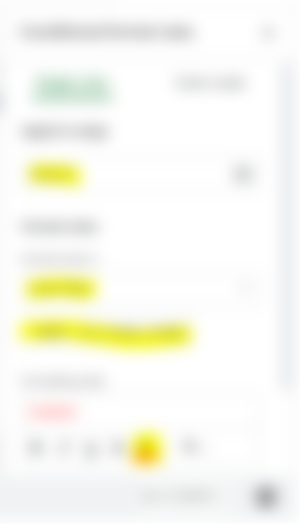
For green or profit, here's the formula:
=if(B3>C3, B3-C3, B3-C3)
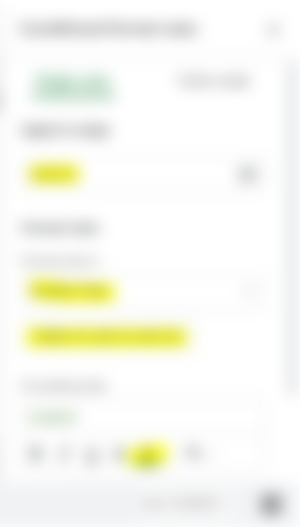
PERCENTAGE
For red or loss, here what you need to input:

For green or profit, here what you need to input:
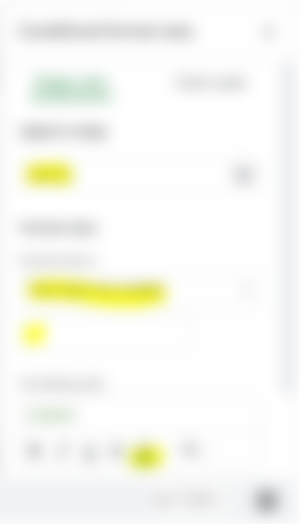
You can now easily track how much gain or lose every time you update your spreadsheet.

Take note: It's not perfect yet but already functional.
Just remember, ALWAYS UPDATE YOUR EVERY TRANSACTION.
**All photos are mine.


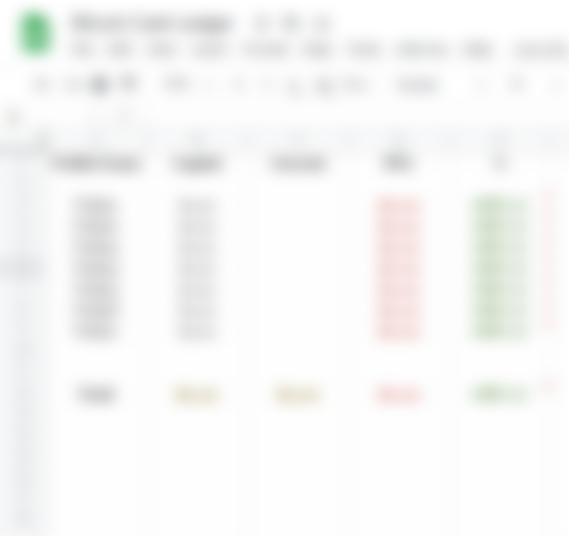

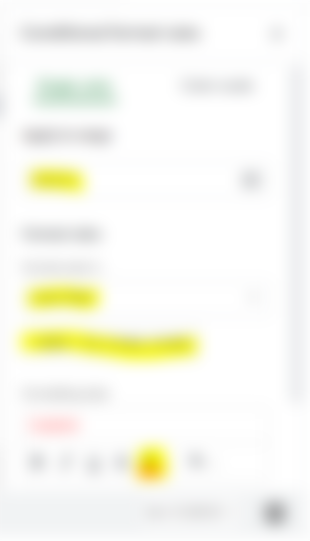
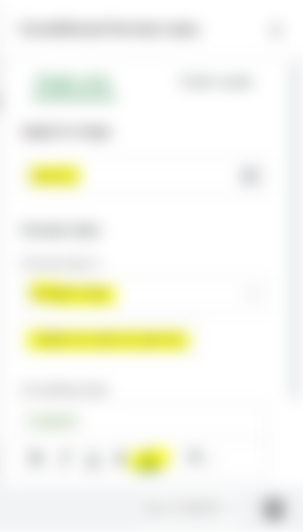
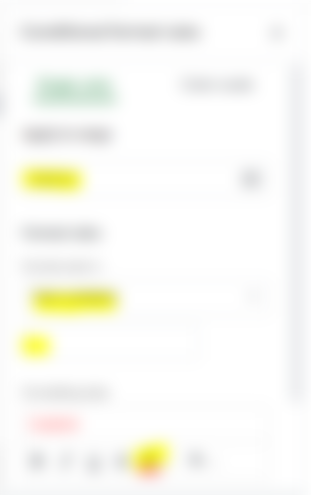
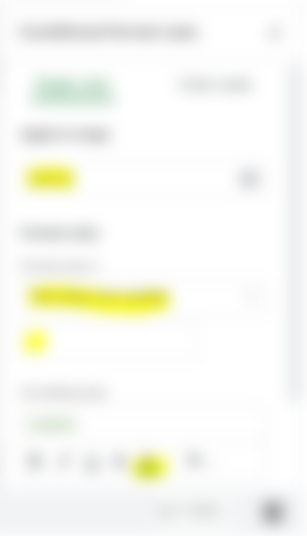


Bakit parang hirap ako intindihin haha. Pero available ba to sa mobile ate?